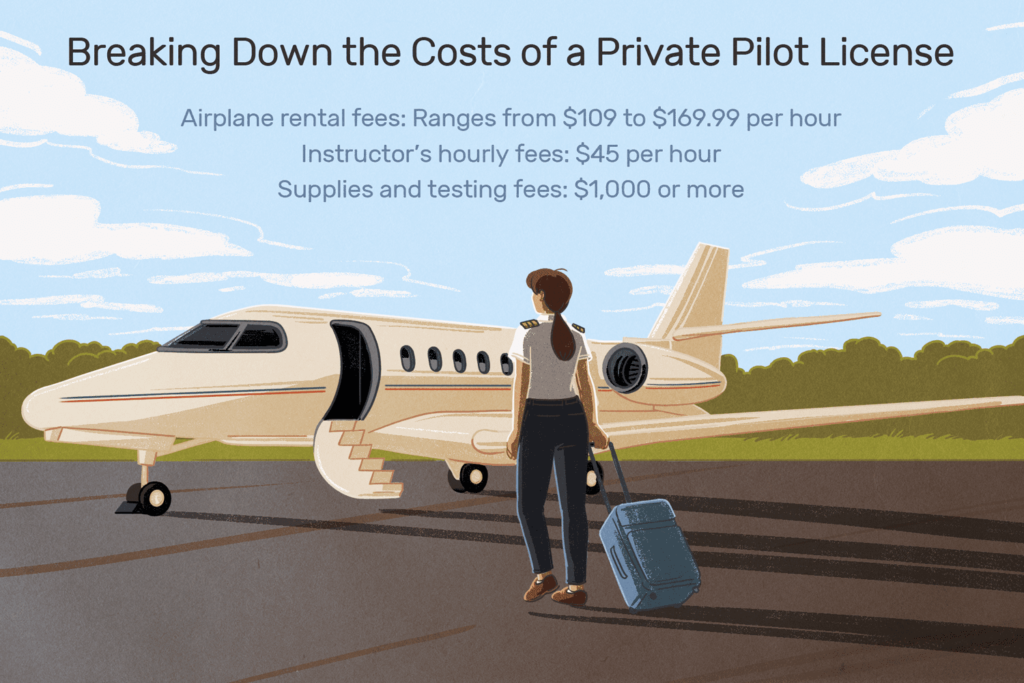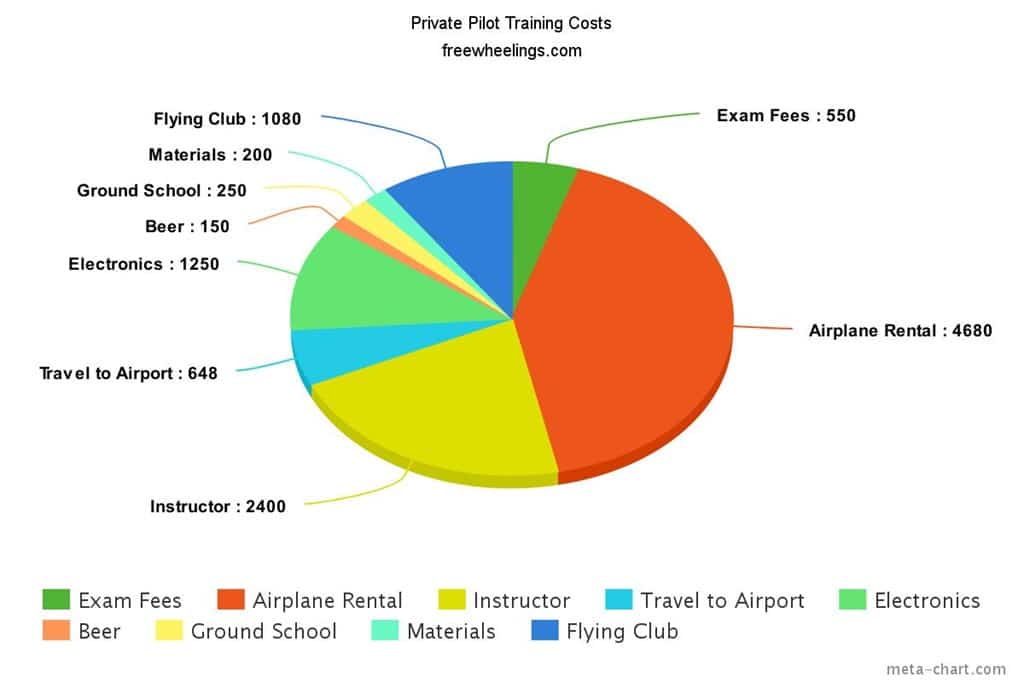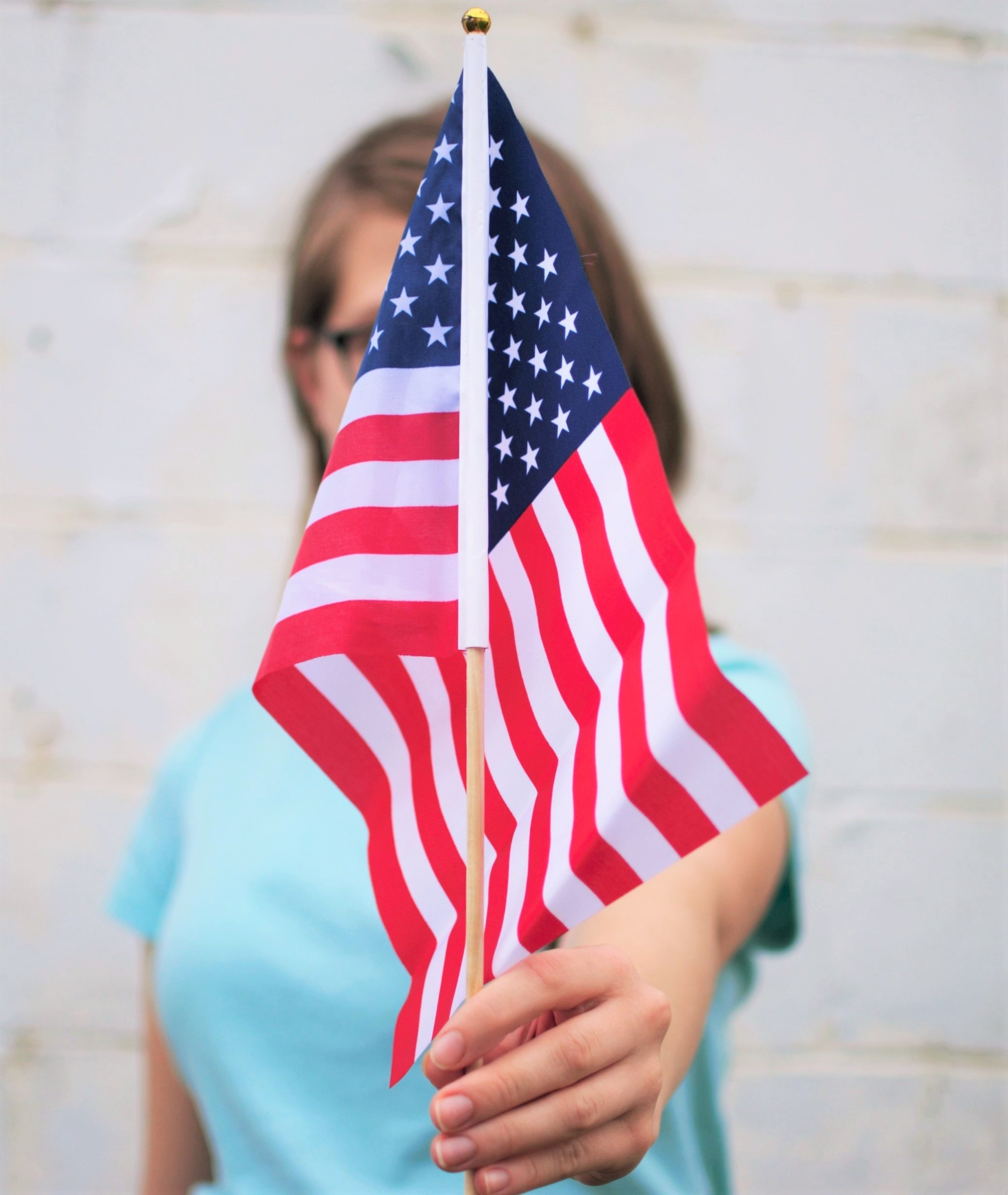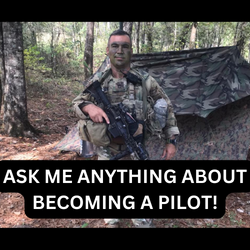
Have you ever wondered how much it costs to attend flight school and become a private pilot? The journey to obtaining a private pilot license involves a significant financial commitment, but the cost can vary depending on several factors. In this article, we will explore the average cost of flight school for a private pilot and delve into the various factors that can impact the price.
Attending flight school to become a private pilot is a thrilling and rewarding endeavor, but it’s essential to be prepared for the financial commitment involved. On average, the cost of flight school for a private pilot ranges from $8,000 to $15,000. However, this estimate can vary significantly depending on factors such as the location of the flight school, the type of aircraft used for training, and the number of flight hours required by the Federal Aviation Administration (FAA).
Apart from the base cost of flight training, there are additional expenses to consider, such as textbooks, materials, FAA exam fees, medical examination costs, and aircraft rental fees for both flight training and solo practice. Additionally, some students may require extra flight hours to meet the FAA’s minimum requirements, which will add to the overall cost. These factors highlight the importance of conducting thorough research and understanding the total cost involved before embarking on your journey to become a private pilot.
In conclusion, the cost of flight school for a private pilot can range from $8,000 to $15,000, depending on various factors. It is crucial to consider additional expenses, such as textbooks, exam fees, medical examination costs, and aircraft rental fees. By understanding the financial commitment involved, you can make an informed decision and plan accordingly as you embark on your exciting journey to become a private pilot.

Overview of Flight School
Flight school is an educational institution that provides training for aspiring pilots. It offers a structured curriculum and hands-on experience to help individuals acquire the skills and knowledge needed to become certified pilots. Flight school is a crucial step for those who dream of flying and pursuing a career in aviation.
What is flight school?
Flight school is a specialized institution that offers flight training to individuals who aspire to become pilots. It provides the necessary education, training, and practical experience for students to obtain a private pilot license. Flight schools have a team of experienced flight instructors who guide and mentor students throughout their training journey.

Importance of flight school for aspiring pilots
Flight school plays a vital role in the journey of aspiring pilots. It provides the foundation and necessary skills that are essential for a successful aviation career. Flight schools offer comprehensive training programs that cover various aspects of flying, including theory, practical training, and flight simulation.
Flight schools offer structured curriculums that ensure students receive a well-rounded education in aviation. These curriculums encompass a wide range of subjects, such as aerodynamics, navigation, meteorology, aviation regulations, and aircraft systems. This training equips pilots with the knowledge and understanding needed to safely operate an aircraft.
Different types of flight schools
There are different types of flight schools available, each catering to specific needs and goals of aspiring pilots. Some flight schools focus on training pilots for recreational flying, while others specialize in preparing students for commercial airline pilot careers. It is essential to choose a flight school that aligns with your aviation goals and aspirations.
-
Part 61 Flight Schools: Part 61 flight schools follow regulations outlined in Title 14 of the Code of Federal Regulations (CFR). These flight schools provide training based on an individual’s specific needs and requirements. Part 61 flight schools are often preferred by students who opt for a flexible training schedule.
-
Part 141 Flight Schools: Part 141 flight schools adhere to a structured training syllabus approved by the Federal Aviation Administration (FAA). They offer a more streamlined and intensive training program, covering all required flight training hours within a defined timeframe.
-
University Aviation Programs: Many universities and colleges offer aviation programs that include flight training as part of the curriculum. These programs often lead to a degree while providing flight training at the same time. University aviation programs offer a comprehensive and academically focused approach to flight training.

Factors Affecting Flight School Cost
Several factors influence the cost of flight school. It is essential to consider these factors when planning your flight training and budgeting accordingly.
Location of the flight school
The location of the flight school can significantly impact the overall cost. Flight schools located in metropolitan areas or regions with higher living costs can have higher tuition fees and training costs. It is essential to research and compare flight schools in different locations to find one that fits your budget.
Type of aircraft used for training
The type of aircraft used for training can also affect the cost of flight school. Training on newer or more advanced aircraft models may be more expensive than training on older or less advanced models. It is important to consider the type of aircraft used by the flight school and assess whether the additional cost is justifiable for your training needs.
Number of flight hours required for certification
The number of flight hours required to obtain a private pilot license is a significant cost factor. The FAA mandates a minimum of 40 hours of flight time for private pilot certification. However, the actual number of flight hours required may vary depending on individual aptitude and proficiency. It is crucial to understand the estimated number of flight hours needed for your training and account for the associated costs.
Additional fees and expenses
Flight schools may have additional fees and expenses that are not included in the base tuition cost. These fees can include medical examinations, written exam fees, checkride fees, and aviation headset or uniform expenses. It is important to inquire about these additional costs upfront and include them in your budgeting.
Tuition and Training Fees
The cost of flight school tuition varies based on several factors such as location, type of aircraft, and the specific training program. It is important to have a clear understanding of the average cost of flight school tuition to effectively budget for your flight training.
Average cost of flight school tuition
The average cost of flight school tuition can range from $8,000 to $30,000 or more. This cost typically includes ground training, in-flight instruction, and the use of training aircraft. However, it is important to note that this cost does not include additional expenses such as flight hours, exams, and equipment.
Breakdown of training fees
Flight school training fees can be broken down into different components. These components may include:
-
Ground school: Ground school fees cover classroom instruction, study materials, and access to aviation resources. The cost of ground school can range from a few hundred dollars to several thousand dollars.
-
In-flight instruction: In-flight instruction fees cover the cost of flight time with a certified flight instructor. The cost is typically calculated based on the hourly rate for the aircraft being used. Flight instruction fees can range from $150 to $250 per hour, depending on the type of aircraft and location.
-
Aircraft rental: Aircraft rental fees cover the cost of renting the training aircraft for practice and solo flights. The hourly rate for aircraft rental varies depending on the type of aircraft and location. Rental rates can range from $100 to $200 per hour.
Discounts or financial aid options
Some flight schools offer discounts or financial aid options to help reduce the cost of training. These can include scholarships, grants, or financing options. It is advisable to inquire about any available financial assistance options when researching flight schools.
Hidden costs to consider
In addition to tuition and training fees, there may be hidden costs that aspiring pilots need to consider. These costs can include written exam fees, checkride fees, aviation headset expenses, and uniform costs. It is essential to factor in these additional costs when planning your flight training budget.

Cost of Flight Hours
Flight hours are a significant factor in the cost of flight training. The number of flight hours needed to obtain a private pilot license can vary depending on individual aptitude and proficiency.
Hourly rate for aircraft rental
The cost of aircraft rental is typically calculated on an hourly basis. The hourly rate for aircraft rental can range from $100 to $200, depending on the type of aircraft and location. It is important to factor in the cost of aircraft rental when considering the overall cost of flight training.
Number of flight hours needed for private pilot certification
The FAA mandates a minimum of 40 flight hours for private pilot certification. However, the actual number of flight hours required may vary depending on the individual’s progress and proficiency. On average, students require around 60-70 flight hours to obtain their private pilot license. It is important to budget for these additional flight hours when considering the overall cost of flight school.
Cost of solo flights
Solo flights are an essential part of flight training, as they allow students to practice their skills without an instructor. The cost of solo flights is typically the same as the aircraft rental rate. It is important to include the cost of solo flights when budgeting for flight training.
Flight instructor fees
Flight instructors play a crucial role in the training process. They provide guidance, instruction, and necessary feedback to help students develop their flying skills. Flight instructor fees are typically included in the overall training fees charged by flight schools. It is important to clarify the instructor fees with the flight school when enrolling in a training program.
Ground School Costs
Ground school is an integral part of flight training, providing the theoretical knowledge required for safe and efficient flying. Ground school costs can vary depending on the training program and the materials provided.
Importance of ground school
Ground school provides students with the theoretical knowledge and understanding of aviation principles, regulations, and procedures. It covers various subjects, including aerodynamics, navigation, meteorology, and aircraft systems. Ground school lays the foundation for successful flying and is an essential component of flight training.
Cost of ground school materials
The cost of ground school materials can vary based on the training program and the resources provided by the flight school. Ground school materials typically include textbooks, study guides, and access to online resources. The cost of ground school materials can range from $200 to $500 or more.
Availability of online ground school options
Some flight schools offer online ground school options, allowing students to access the training materials and lectures remotely. Online ground school can be a cost-effective alternative for individuals who prefer self-paced learning. The cost of online ground school courses can range from $200 to $500 or more, depending on the flight school and the course content.
Additional fees for written exams
To obtain a private pilot license, aspiring pilots must pass a series of written exams administered by the FAA. These exams cover various subjects related to aviation and flight operations. There are fees associated with these written exams, which can range from $100 to $400 or more, depending on the specific exams and location.
Cost of obtaining necessary study materials
In addition to ground school materials, additional study materials are often required to prepare for the written exams. These materials can include study guides, test prep software, and practice exams. The cost of study materials can range from $100 to $300 or more.

Certification and Licenses
Obtaining a private pilot license is the primary goal of flight school. However, there may be additional certifications and licenses that aspiring pilots may pursue.
Private pilot certification requirements
To obtain a private pilot license, aspiring pilots must fulfill certain requirements set by the FAA. These requirements include a minimum of 40 flight hours, including at least 20 hours of flight instruction and 10 hours of solo flight time. Additionally, pilots must pass written exams, practical exams (also known as checkrides), and meet medical certification standards.
Costs associated with written exams
There are fees associated with the written exams required for private pilot certification. These fees can range from $100 to $400 or more, depending on the specific exams and location.
Fees for practical exams
Practical exams, known as checkrides, are conducted to assess a pilot’s flying skills and knowledge. There are fees associated with these practical exams, which can range from $300 to $800 or more, depending on the specific exams and location.
Additional licenses and ratings
Beyond private pilot certification, there are additional licenses and ratings that pilots may pursue. These can include instrument ratings, commercial pilot licenses, multi-engine ratings, and flight instructor certifications. Each additional license or rating may require further training and examination, which can incur additional costs.
Financial Assistance and Scholarships
Flight training can be a significant financial commitment. However, there are various financial assistance and scholarship options available to help reduce the cost of flight school.
Options for financial assistance
Financial assistance options can include grants, loans, and financing programs. Some flight schools offer in-house financing options or have partnerships with financial institutions. It is advisable to inquire with the chosen flight school about any available financial assistance options.
Government grants and loans
Government grants and loans can be a source of financial assistance for flight school tuition. Programs such as the Federal Pell Grant and the Federal Direct Loan program may be available to eligible students. It is recommended to research and inquire about government grant and loan options for flight school.
Flight school scholarships
Flight schools and aviation organizations often offer scholarships to assist aspiring pilots with their training costs. These scholarships may be merit-based, need-based, or specific to certain demographics or aviation goals. It is important to research and apply for flight school scholarships well in advance.
Qualifications and requirements for scholarships
Scholarship qualifications and requirements can vary depending on the organization offering the scholarship. Some scholarships may require a minimum GPA, written essays, letters of recommendation, or proof of financial need. It is crucial to review and fulfill the eligibility requirements when applying for scholarships.
Choosing the Right Flight School
Choosing the right flight school is a crucial decision in your aviation journey. It is important to research and compare flight schools based on various factors.
Researching and comparing flight schools
Researching and comparing flight schools will help you make an informed decision. Consider factors such as accreditation, reputation, flight instructor experience, and training programs offered. Online forums, reviews, and discussions with current students or alumni can provide valuable insights.
Factors to consider before making a decision
Before deciding on a flight school, consider factors such as location, cost, training programs, and the type of aircraft available for training. The school’s proximity to your location and your budgetary constraints are important aspects to assess.
Visiting flight schools and meeting instructors
Visiting flight schools and meeting with flight instructors can give you a firsthand experience of the training environment. It allows you to assess the facilities, aircraft, and get a sense of the instructor’s teaching style and rapport. Take the opportunity to ask questions and address any concerns you may have.
Checking for accreditations and affiliations
Accreditation and affiliations play a significant role in the credibility and quality of a flight school. Look for flight schools that are accredited by recognized aviation organizations such as the FAA or have affiliations with reputable universities or aviation associations.
Alternative Training Options
Flight training does not necessarily have to be limited to traditional flight schools. There are alternative training options that aspiring pilots can consider.
Self-study and online courses
Self-study and online courses can provide valuable knowledge and preparation for flight training. There are online resources, study guides, and interactive courses available that cover aviation theory and practical aspects. These can be cost-effective alternatives for individuals who prefer self-paced learning before enrolling in formal flight training.
Flight simulators and their costs
Flight simulators are effective tools for pilot training. They provide a realistic flying experience and allow pilots to practice various scenarios in a controlled environment. Flight simulator costs can vary significantly, depending on the type of simulator, software, and peripherals required. Entry-level flight simulator setups can range from a few hundred dollars to several thousand dollars.
Participating in aviation clubs and programs
Joining aviation clubs and programs can provide opportunities for hands-on experience and networking with other aviation enthusiasts. These clubs and programs often offer training and recreational flying options at reduced costs. It is advisable to explore local aviation clubs and organizations to learn about available opportunities.
Additional Costs to Consider
In addition to the direct costs associated with flight training, there are several other expenses that aspiring pilots should consider.
Uniform and equipment expenses
Flight schools may require students to wear specific uniforms or purchase aviation-specific equipment such as flight bags, headsets, and navigation tools. The cost of uniforms and equipment can vary depending on the flight school and the specific requirements. It is important to factor in these expenses when budgeting for flight training.
Transportation and accommodation costs
If you choose a flight school that is located away from your home, transportation and accommodation costs should be considered. These costs can include airfare, rental cars, fuel costs, hotel accommodations, and meals. It is essential to estimate and include these additional expenses in your flight training budget.
Costs of medical examinations and certifications
Before obtaining a private pilot license, aspiring pilots must undergo medical examinations to ensure they meet the required medical standards. Medical certification costs can vary depending on the type of examination and the medical examiner’s fee. It is important to factor in these costs when budgeting for flight training.
Costs of maintaining pilot’s logbook
Pilots are required to maintain a logbook to record their flight hours and training progress. The cost of a logbook can vary depending on the type and quality of the logbook chosen. It is important to include this cost when budgeting for flight training.
Insurance and liability coverage
Pilots are often required to have liability insurance to cover potential damages or accidents during flight training. The cost of insurance will vary based on individual circumstances and the coverage needed. It is crucial to inquire about insurance requirements and obtain quotes from reputable insurance providers.
Duration of Flight School
The duration of flight training can vary depending on several factors such as individual aptitude, training program structure, and weather conditions. It is important to have a general understanding of the average length of flight training.
Average length of flight training
The average length of flight training to obtain a private pilot license is typically between 4 to 12 months. This timeframe can vary depending on factors such as the frequency of training sessions, availability of flight instructors, and the student’s dedication and progress. It is important to have a realistic expectation of the training duration when planning your flight school budget.
Factors that may affect the duration
Several factors can affect the duration of flight training. These factors include weather conditions, individual proficiency and aptitude, training program structure, availability of flight instructors, and the student’s commitment to training. It is important to be prepared for potential delays and fluctuations in the training timeline.
Cost implications of longer training
Longer training durations can result in additional costs. These costs can include prolonged aircraft rental fees, additional ground school materials, and extended maintenance costs. It is important to factor in these potential cost implications when budgeting for flight training.
Return on Investment
While flight training can be a significant financial investment, it can also open doors to various career opportunities and provide a satisfactory return on investment.
Career opportunities and earning potential
Flight training can lead to a rewarding career in aviation. The demand for pilots continues to grow, and there are opportunities in various sectors such as commercial airlines, corporate aviation, flight instruction, and charter services. The earning potential for pilots can vary depending on factors such as the type of employment, years of experience, and the specific aviation industry. It is advisable to research and understand the earning potential in your desired aviation career path.
Factors that influence pilot salaries
Pilot salaries can be influenced by factors such as the type of aircraft flown, the airline or company, the pilot’s experience level, and the geographical location. Pilots in commercial airlines typically earn higher salaries compared to flight instructors or pilots in general aviation. It is important to consider these factors when assessing the potential return on investment in flight training.
Calculation of potential return on investment
Calculating the potential return on investment in flight training involves assessing the total cost of training and comparing it to the projected earnings over a defined period. It is important to consider factors such as loan repayment, career growth opportunities, and the potential for salary increments over time. While the return on investment can vary for each individual, flight training can provide a fulfilling and financially rewarding career path.
Conclusion
Flight school is a crucial step for aspiring pilots embarking on their journey toward obtaining a private pilot license. Understanding the cost implications of flight school is essential for effective budgeting and financial planning.
The total cost of flight school can vary based on several factors, including the location of the flight school, type of aircraft used for training, and the number of flight hours required for certification. It is important to consider additional fees and expenses such as ground school costs, flight hours, and certification fees when budgeting for flight training.
Financial assistance options and scholarships are available to help offset the costs of flight school. It is advisable to research and apply for these opportunities well in advance.
When choosing a flight school, factors such as accreditation, training programs offered, and instructor experience should be considered. Alternative training options, such as self-study courses and flight simulators, can also be considered as cost-effective alternatives.
Additional costs to consider when budgeting for flight training include uniform and equipment expenses, transportation and accommodation costs, and medical examination fees. It is essential to factor in these additional expenses to have a realistic understanding of the total cost of flight school.
The duration of flight training can vary depending on several factors, and it is important to have a realistic expectation of the training timeline. Consideration should also be given to potential return on investment, career opportunities, and earning potential in the aviation industry.
By carefully considering all the factors and costs associated with flight training and making informed decisions, aspiring pilots can embark on their journey with confidence and set themselves up for a fulfilling career in aviation.



Leave a Reply